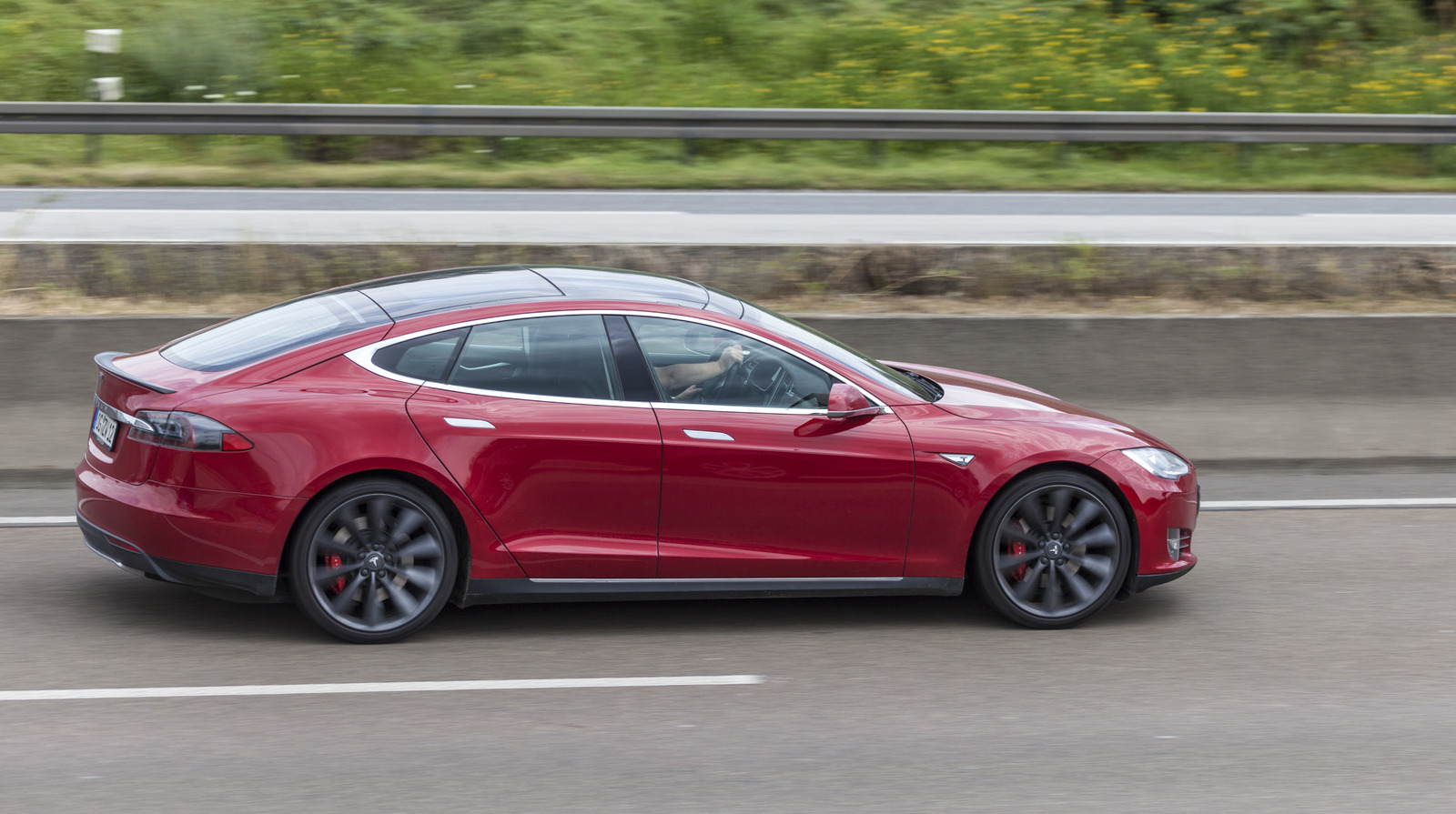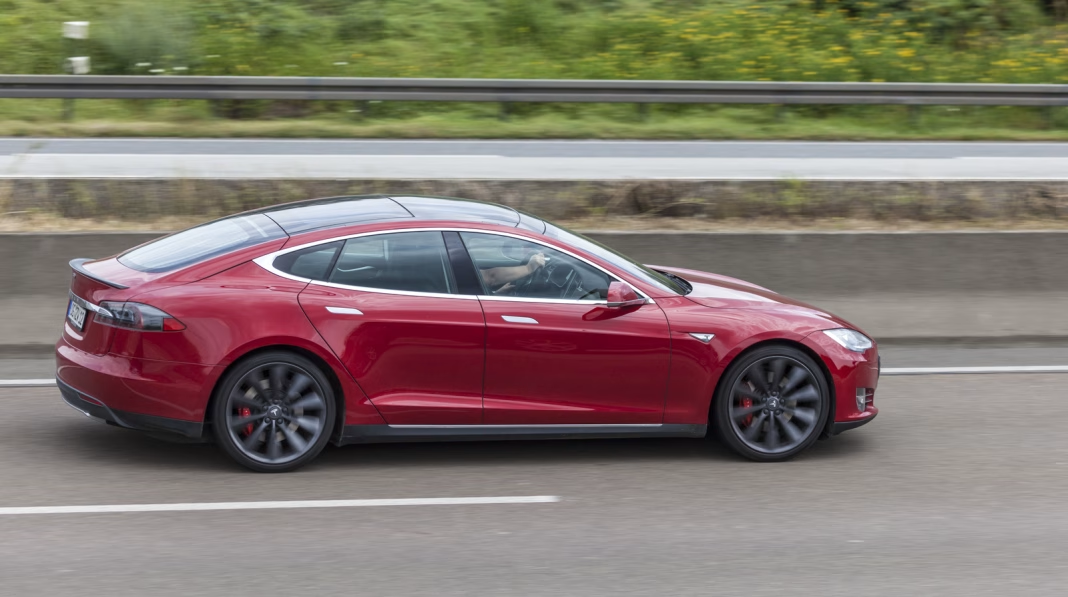When it comes to vehicle safety, few names carry as much weight as Euro NCAP. Their ratings can significantly influence consumer choices, and recently, they’ve made headlines by giving the Tesla Model S a “Moderate” safety rating. This rating puts the Model S in a tie for the lowest score alongside the Volvo EX30. So, what does this mean for Tesla owners and potential buyers? Let’s dive into the details.
What Does a “Moderate” Safety Rating Mean?
A “Moderate” safety rating indicates that while the vehicle offers some level of protection, it falls short of the higher standards set by other models in the market. Euro NCAP evaluates several factors, including adult occupant protection, child occupant protection, pedestrian safety, and safety assist technologies. A moderate score suggests that there are significant areas for improvement, especially in terms of crash performance and safety features.
For Tesla, which has marketed itself as a leader in safety and innovation, this rating might come as a surprise. The company has long touted its vehicles as among the safest on the road, often highlighting advanced features like Autopilot. However, the Euro NCAP evaluation raises questions about whether these claims hold up under scrutiny.
Why Did Tesla Receive This Rating?
The Euro NCAP’s decision to assign a moderate rating to the Model S stems from concerns over its Autopilot branding. The organization has criticized Tesla for what it describes as potentially misleading marketing regarding the capabilities of its driver-assistance technology. While Autopilot offers impressive features, it’s essential for drivers to understand that it does not make the vehicle fully autonomous. Misinterpretations can lead to misuse, which can compromise safety.
Moreover, the Model S’s performance in crash tests and its ability to protect occupants in various scenarios were also contributing factors to the rating. While the car is equipped with numerous safety features, the overall performance in these tests didn’t meet the higher benchmarks set by other vehicles in its class.
What About the Competition?
Tying with the Volvo EX30 for the lowest rating might raise eyebrows, especially considering the reputation both brands have cultivated. The Volvo EX30, known for its commitment to safety, also faced scrutiny in this evaluation. This situation highlights a broader trend in the automotive industry: as manufacturers push the envelope with technology, the traditional metrics of safety are being reevaluated.
For consumers, this means it’s crucial to look beyond brand loyalty and marketing claims. Understanding how vehicles perform in real-world scenarios and how they stack up against rigorous safety tests can lead to more informed decisions.
What Should Potential Buyers Consider?
If you’re in the market for a new vehicle, especially a Tesla, this rating should prompt some reflection. Here are a few points to consider:
1. **Research Thoroughly**: Look into safety ratings from multiple sources, not just Euro NCAP. Different organizations may have varying criteria and methodologies.
2. **Understand Technology Limitations**: Familiarize yourself with the capabilities and limitations of driver-assistance technologies. Knowing what to expect can prevent misuse and enhance safety.
3. **Evaluate Real-World Performance**: Seek out reviews and testimonials from current owners. Real-world experiences can provide insights that ratings alone might not capture.
4. **Consider Alternatives**: If safety is a top priority, explore other models that have received higher ratings. There are plenty of vehicles on the market that combine advanced technology with robust safety features.
The big takeaway? Tesla’s moderate safety rating isn’t about perfection—it’s about smarter adjustments. If you’re considering a Tesla or any vehicle, start with one change this week—like diving deeper into safety ratings—and you’ll likely spot the difference in your understanding and decision-making by month’s end.


